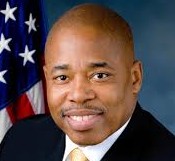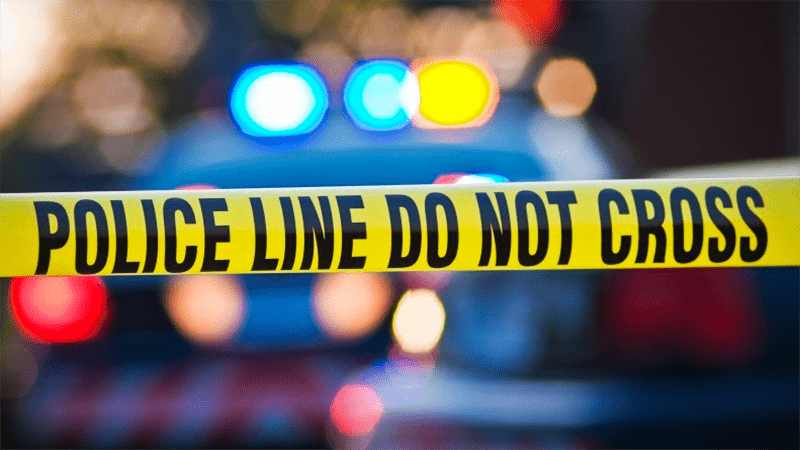Mayor Bill de Blasio and Police Commissioner William Bratton introduced a new set of guidelines this week that includes beat cops having to write ‘use of force’ reports at any physical confrontation with citizens.
The guidelines also include comprehensive rules governing how each of the newly defined levels of force will be investigated, based on three levels of force and the type of injury, if any.
The three levels of force includes hand strikes, kicks, the use of pepper spray or takedowns such as the one retired tennis pro James Blake suffered last month.
Level two involves the use of batons and Tasers and level three will involve firearms.
“The NYPD has been a leader in firearms policy for more than 40 years, but our policies and training in other uses of force have lagged,” said Bratton. “We are moving now to address all other uses of force in a comprehensive way, with new policies, new reporting procedures, new investigative protocols, and regular annual training. In addition, with these new policies, we seek to improve our understanding of how often our officers are confronted by violence or resistance while providing them with better training in how to respond to resistance with the appropriate tactics. When force is used against our officers, or when people physically resist arrest, the appropriate use of force is lawful and proper.”
Last year, First Deputy Commissioner Ben Tucker created and led a Use-of-Force Committee that researched the policies of dozens of law-enforcement agencies across the country, including Los Angeles, Seattle, and Denver.
Additionally, the group analyzed use-of-force models of other agencies, including the United States Department of Justice, the Police Executive Research Forum and the Major Cities Chiefs Police Association, as well as the New York City Civilian Complaint Review Board, the NYPD Inspector General, the police unions, and the New York City Crime Commission.
After its research, the Committee found that the NYPD’s use-of-force procedures were “inconsistent and scattered throughout the Patrol Guide”, according to the NYPD’s release. There was no clear definition as to what constitutes force. The existing reporting and investigating procedures failed to cover the full range of possible uses of force.

The new guidelines were long overdue, but the start of something more positive, according to Brooklyn Borough President Eric Adams, a retired NYPD cop.
“We must continue to investigate, in partnership with the local community and law enforcement experts nationwide, on best practices to improve the NYPD’s approach to the use of force. The costs of addressing this issue proactively outweigh the costs of funerals and lawsuits that we have had to pay in reaction to improper incidents. The video of Eric Garner’s death is both a reminder of what is at stake regarding the use of force and an opportunity for the NYPD to seize for properly training their officers on the right and wrong way to police,” said Adams.
In issuing the new guidelines Bratton noted the NYPD’s strict firearms guidelines and hopes they can be a model for managing other uses of force within the Department. Since the Department first began to keep track of shootings by officers, the total discharge incidents fell from 994 in 1972 to 79 last year, the fewest in its history, according to the release.
“Officers are more restrained than ever with their firearms because they have clear rules, they know there is oversight, and they train throughout their careers,” Commissioner Bratton said. “We are now applying same policy, oversight and training principles to all uses of force, not just firearms.”

Public Advocate Letitia James commended the NYPD’s reforms, saying, “The new use of force guidelines from the NYPD are a critical step towards restoring trust and accountability to our criminal justice system. I applaud Commissioner Bratton for continuing to work toward a more transparent police force. Together, we must work on all fronts to restore police and community relations and make the streets of New York City safe and more secure.”
On the other side, Patrolmen’s Benevolent Association President Pat Lynch said in a statement to reporters that, “No amount of new training or additional paperwork will make necessary force that is lawful and properly used by police officers acceptable to those who want to return to the hands-off, reactive policing strategies that sent crime soaring in the past.
“More paperwork coupled with a serious shortage of police officers and the continual second-guessing of their actions is a formula for disaster,” he added.






